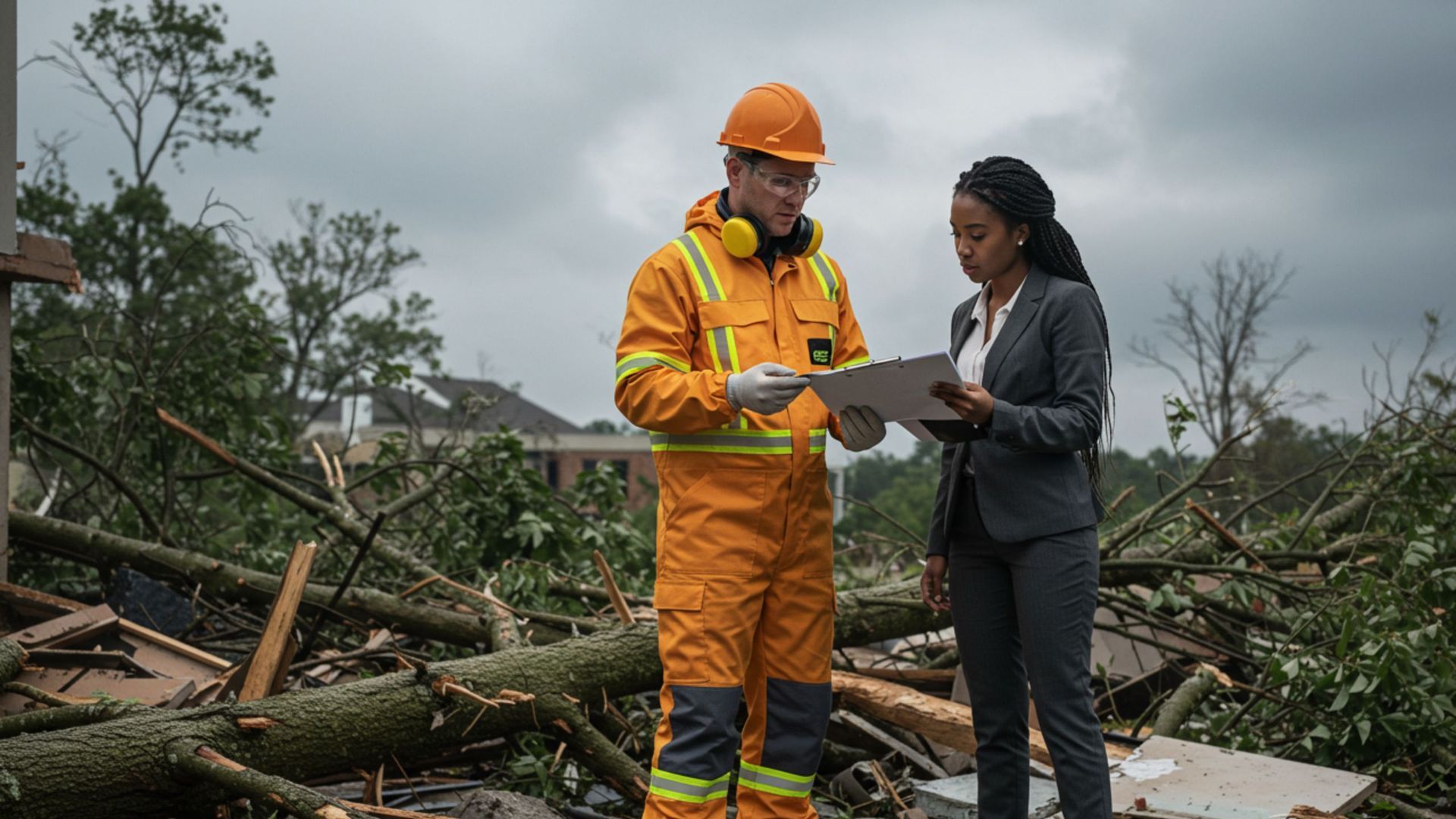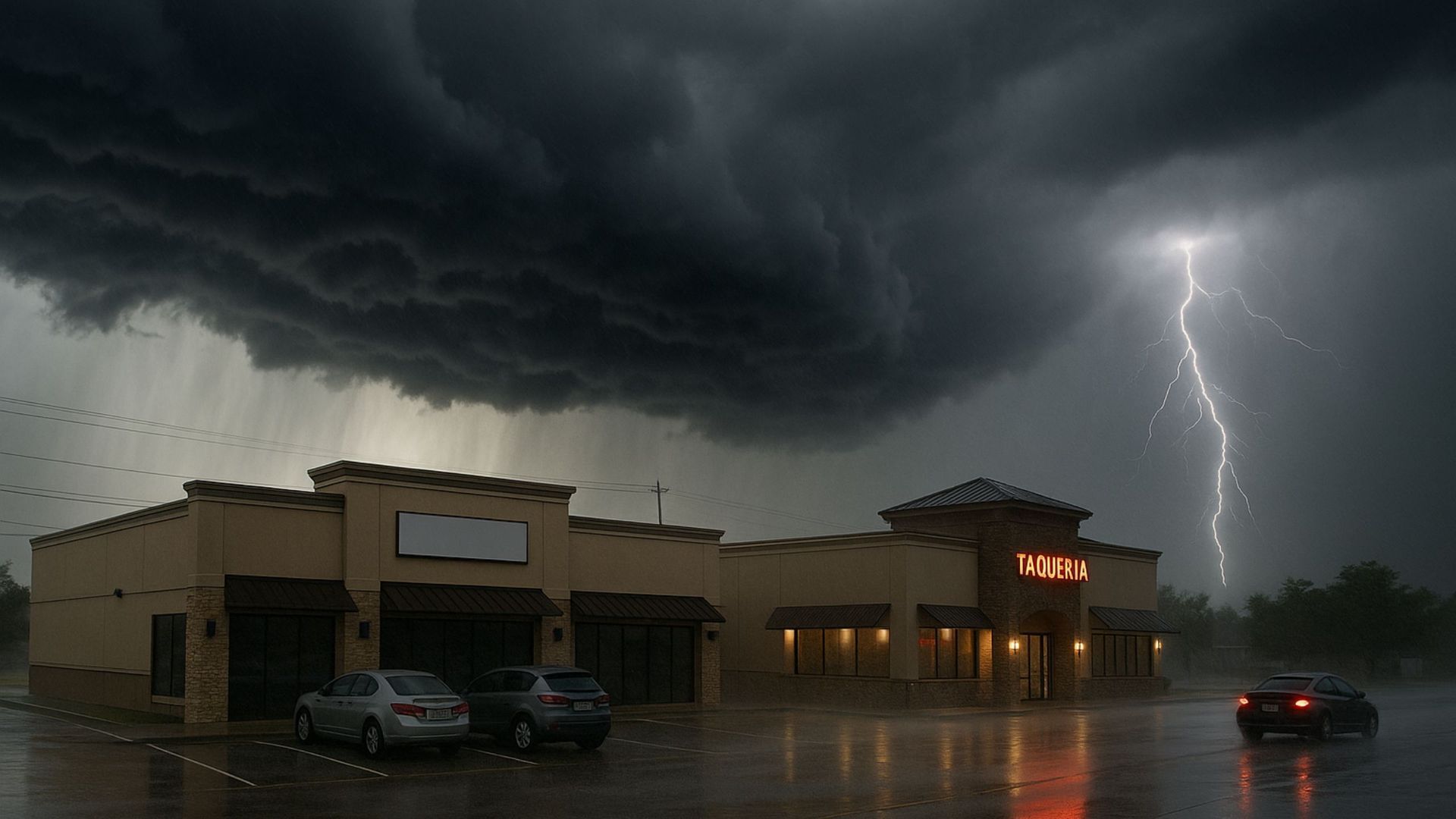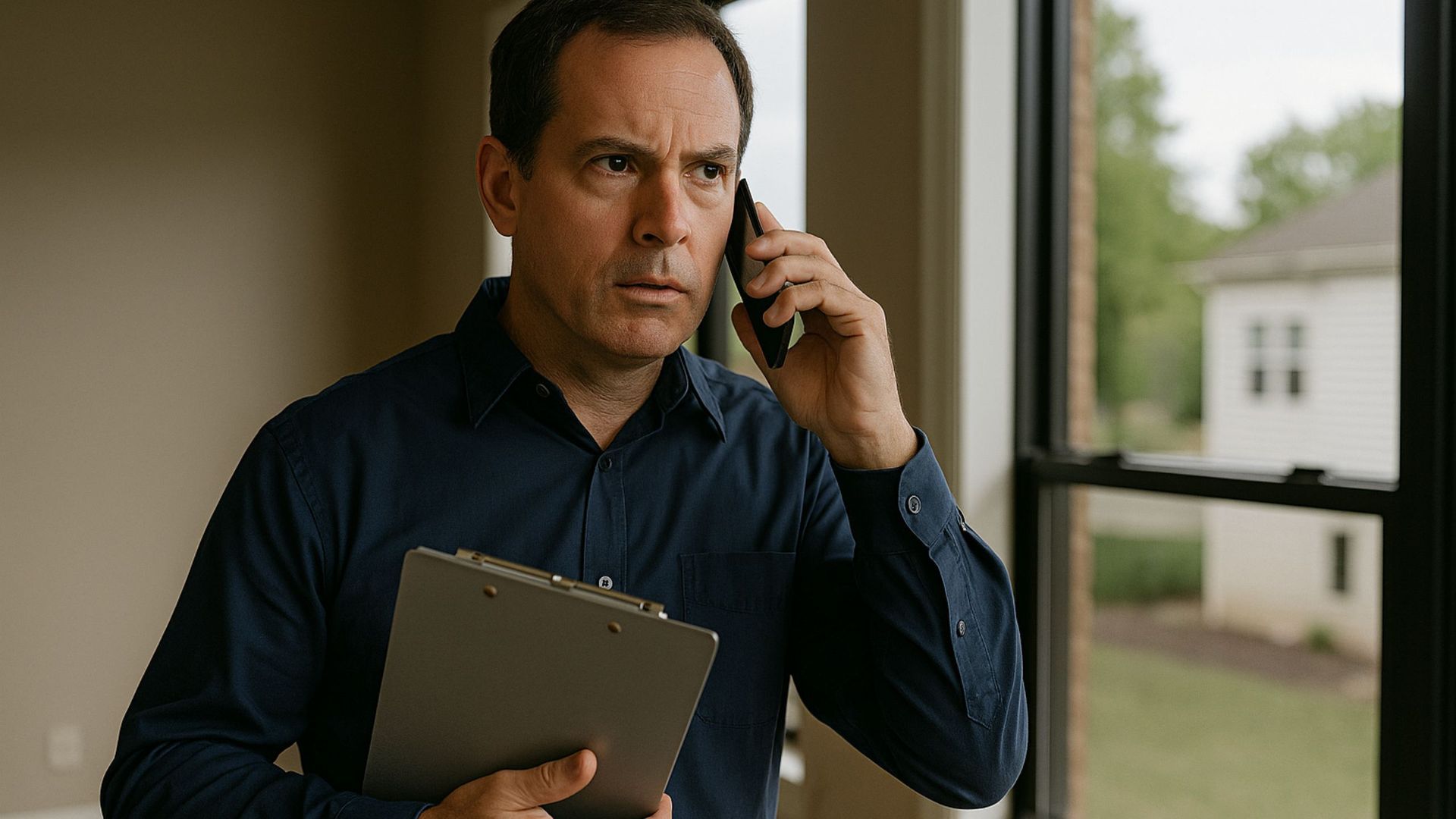Precision After Disaster Strikes
Why Accuracy Matters More Than Ever in Post-Storm Claims
When a hurricane, tornado, or flood tears through a region, the aftermath is chaotic. Homeowners are anxious. Adjusters are overwhelmed. Insurance carriers face hundreds—sometimes thousands—of claims that require fast and accurate resolution.
In these moments, precision is everything. From determining the root cause of damage to ensuring every claim is based on factual, defensible findings, the value of technical accuracy cannot be overstated. That’s where forensic engineering, structural evaluations, and code-compliant documentation come into play.

The Hidden Cost of Inaccuracy in Storm Claims
During catastrophic events, urgency often takes priority. But speed without accuracy leads to:
- Reopened claims due to missed or misidentified damage
- Disputes between policyholders and insurers
- Delays in restoration and recovery
- Long-term liability and customer dissatisfaction
- Can lead to arbitration or litigation.
- Each of these outcomes erodes trust and increases costs. Precision in every property damage assessment is the first step in preventing this cycle.

The Role of Forensic Engineering
in CAT Response
Forensic engineering isn’t just about identifying visible storm damage. It’s about understanding the forces at play, applying engineering principles, and documenting how structures failed—and why.
What this process includes:
- Detailed on-site expert inspections
- Evaluation of structural integrity and building components
- Moisture mapping and foundation assessments
- Cause-of-loss determinations backed by data
- Defensible engineering reports for insurance companies
- These evaluations provide adjusters and claim managers with the insight they need to settle claims based on facts, not assumptions.

Building Consulting Brings Clarity
to Recovery Plans
In the wake of a disaster, repair decisions must be based on more than damage photos. Building consulting brings code knowledge, construction insight, and scope validation to the process. It ensures:
- Repairs match the extent and type of damage
- Work aligns with local and state building codes
- Insurance payouts reflect what is truly needed
- By working alongside field adjusters, building consultants help restore not only properties, but confidence in the claims process.
Precision Supports Carriers, Adjusters, and Policyholders
For insurers, every accurate inspection protects against inflated claims, underpayment risks, and prolonged file lifespans. For policyholders, it means faster approvals and a smoother path to rebuilding.
Precision in post-disaster response leads to:
- Faster cycle times
- Reduced reinspection needs
- Fewer escalations to appraisal or litigation
- More transparent communication between carriers and clients
The Path Forward: A Commitment to Accuracy
As climate patterns shift and severe weather grows more frequent, carriers must prioritize partnerships that deliver clarity and reliability under pressure. From small-scale flooding to widespread wind damage, the need for engineering precision after disaster strikes is no longer optional—it’s essential.
